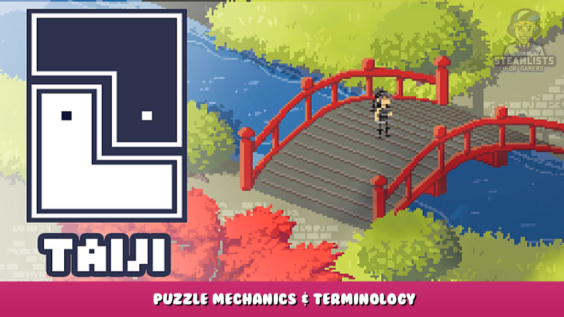
Here's a breakdown of the puzzle mechanics in Taiji.
Introduction
This guide will explain each puzzle mechanic in Taiji. Before I go any further, I want to make a few points. This game presents a challenge beyond solving the grid puzzles, but also the challenge of understanding the rules that govern each mechanic. The gameplay loop includes the discovery of the rules. You are denying yourself an essential part of the game experience by skipping the learning and testing phase. Beware! 🙂
Some reviews have been posted on the store page, claiming that the game makes logical leaps or breaks its own rules. It is disappointing to see this unfair criticism. The mechanics are logically consistent. As I mentioned, part of the game involves figuring out the puzzle rules as well as challenging your assumptions. You can do it! This guide will help you if you need some direction.
Terminology
These are the terms I'll use in shorthand.
- Toggle : The act of changing the color of a tile.
- Puzzle grid : The area in which you can toggle tiles.
- Adjacent tiles : The set of four tiles immediately around the one in question (, below, and to).
- Region is a region of the puzzle grid that is composed of one color. A region is enclosed with tiles of the opposite colour or, sometimes, partially by the grid border.
The white tiles are all the adjacent tiles around the center tile "T".
Each area numbered in this image is a different one.
Block Statues
Primary Location: Game intro / tutorial
You get what you see.
The white blocks in the statue are white tiles from the puzzle grid at the same place.
The black blocks in the statue are black tiles in the puzzle grid at the same place.
The trickiest part is finding the right solution to empty spaces. Count the number of adjacent black and white blocks that are adjacent to any empty space in the statue. The color of the empty space is the one with fewer adjacent block.
If you find a puzzle region with more than one empty area, you should first determine the spaces that can be filled using the statue's blocks. Next, count the color of any adjacent empty spaces.
Teleporters
All over the map
Sooner or later, you'll find gray stones marked with markings and a button that you can press. The button opens a 3×3 puzzle grid. The symbol on the stone can be drawn in the 3×3 grid. If you enter the symbol correctly, the stone can be used as a teleporting location.
Painted Buildings
Primary Location: Plateau
The black and white buildings are damaged on the plateau. The walls appear to have been melted or broken. Notice how the buildings' features suggest an axis for symmetry. These puzzles are designed to help you reconstruct the symmetry of the buildings. You will use the puzzle areas in order to re-draw the paths and walls of the building to make it symmetric. Imagine the unaltered building. What would should that look like? All features implied by the undamaged building will need to be captured. It is not enough to restore buildings partially to make them look symmetrical.
Pay attention to the colors surrounding each puzzle area's building walls. To recreate the symmetry, you will need to either use the same color scheme or invert it.
Zeroes and ones
Primary Location: Graveyard
The short, nerdy answer to this question is that (0 = Black,) 1 = White will be found by logical XORing all the number sequences in each puzzle.
I'll try to explain it better for anyone who isn't a turbo geek. There is more to this than meets the eye: The digits and the dot indicator, combining and overlapping.
-
The digits
A binary string of numbers would be easy to recognize. A zero would be associated with "off", and a one with the "on" position. These puzzles can be viewed in terms of tile toggling.
zero is an action that does not affect the tile at the appropriate location on the puzzle grid. A black tile remains black, while a white one stays white.
one is a toggle to the tile at the appropriate location in the grid. A black tile becomes white, and a white tile becomes black. -
The dot indicator
Each sequence of zeroes or ones has a dot either to the right or left. The dot indicates where the sequence starts.
The sequence of numbers is read from the left to the right when the dot is placed on the left. This matches the puzzle grid which will always read from left to right.
The sequence of numbers is read from left to right when the dot is on its right. The sequence is reversed, in other words.
Some number sequences do not have a dot to either the left or right. This is only true if the number reads the exact same way left-to right or right-to left. The indicator would not make any difference.
Understanding the digits as well as the dot indicator will allow you to simply walk through the grid square by square, switching tiles whenever you see one and leaving them alone when you see zero. -
Combining
There are many puzzles in this area that have multiple numbers sequences, but it is easy to combine them. Toggle the tiles according to the number sequence.
There are many ways to combine these processes, but I found this the easiest. -
Overlapping
Later puzzles of this kind will include sequences in which the numbers touch or completely overlap each other. Don't get confused. These are still strings of zeros or ones.
Imagine what the sequences might look like if they were physically separated from one another. Once you've done that, make sure you know the location of each dot indicator.
Pay attention to how many tiles are included in the puzzle grid. This will help you determine the start and ending of each sequence.
Pillars
Primary Location: Ruins
There are two main aspects of the pillar puzzles.
- Each pillar has a series non-flared and flared edges running along its walls. The tile next to a flared edge is white. The tile next to a flared edge is black if it is not flared.
- All pillars seem to have a "pair", or a "partner" near them. The solution to a pillar's problem will be the same, but the tile colors will be inverted.
Some twists will be added to the later pillar puzzles. Some pillars can be broken and laid on the ground. Imagine the pillar in its upright, undamaged state. If they are standing upright, pairs of pillars will look inverted.
There is only one pillar in the final puzzle. Is this a violation of the established rules? Now, imagine how the puzzle would look if it were split vertically down its middle…
Horizontal Lines
Primary Location: Mill
I had so many problems when I first started with the line puzzles but I eventually learned to appreciate them and to tolerate them. 🙂
The horizontal lines are the key.
- The final puzzle solution requires that each horizontal line be within a region that is exact copy or more of the regions surrounding any other similar-colored horizontal lines. The line must be in the same place within the region. This last statement means that you cannot have two horizontal lines of the exact same color within the same region. You would have lines at two different locations.
- The region color black or white) is not required to be the same. Only the region shape is.
- The puzzle may contain more than one color of horizontal lines. Different colored lines must have different regions shapes or be located in different spots within the shape.
Diagonal Lines
Primary Location: Mill
The diagonal lines have all the same characteristics as horizontal lines. The big difference is that the area around the diagonal lines can rotate. It doesn't have the right to rotate, but it does have the option.
- Imagine rotating a shape that contains a diagonal line. The diagonal line tile is used as a central axis. Any of the 4 results is valid for matching diagonal lines.
- The color of diagonal lines can be the exact same as horizontal lines in the same puzzle. The horizontal line shapes must be exact copies of one another even if this happens. You can also make a diagonal line shape from a exact copy or any other rotated form.
- The diagonal line must remain at the same spot within the rotated shape. The pivot point of the diagonal line tile is the center. It is possible to create a circular shape and place the diagonal lines anywhere you like inside.
- Be aware of different line colors in the same region. This is especially difficult when there are diagonal lines in the mix. Different line colors and line locations within the shape cannot be shared. This applies regardless of whether a given rotation is actually in the puzzle. It is not possible to rotate two different-colored line regions so that they look identical, even if the lines are in the same place.
It is possible for diagonal lines of the exact same color to be located in the same area. This is not possible for horizontal lines but it is possible for diagonal lines. Can you see the reason? This shape can be rotated by half turn and will look exactly the exact same as the lines in the same spot.
It seems like the line puzzles are the most difficult to explain with words. Try solving the tutorial puzzles to understand why some solutions work and others don't.
Die Dots
Shrine is the primary location
Another mechanic that appears simple at first is the die dots. However, it becomes quite challenging.
- Any region with more than zero) die dots must also have a number of tiles equal to the sum of all those dots. Multiple dot tiles can be placed in the same area, provided that they are all the same color.
- It is forbidden to use different colors of die dots within the same area.
- There are also "negative dots" tiles. Negative dots are hollowed-out, larger circles. A regular dot adds 1 more to the total dot count in the region. A negative dot subtracts one from the total dot count in the region.
- If the dot sum of a region is negative, it means that the region must be smaller. This is impossible. Therefore, a region with a negative dot total cannot be allowed.
- There is no limit on the size of the region if the dot total between regular dots and negative points is exactly 0.
Diamonds
Primary Location: Mine
Although the rule behind diamonds is straightforward, it can lead to some clever puzzles.
A diamond must be in a region that is not occupied by another puzzle element of the same colour.
This means that you will be creating regions of tiles to connect identical-colored diamonds to one another. These are the consequences of this rule:
- A diamond can be linked to another same-colored element, such as a colored tile, a colored line, or a tile with flower petals.
- One region can have multiple diamond pairs as long as they are all different colors.
- A flower petal tile can be either (purple or) orange. One solution is to have the flower petal tile in a region that contains one purple diamond and one orange diamond. It is possible for both the diamond tiles and the flower petal tile to be paired together.
Flower Petals
Primary Location: Garden
This was a great and creative idea.
Each flower petal tile contains between 0 to 4 orange petals. The number of orange flowers must be equal to the number adjacent tiles.
There are five possible flower tiles.
- 4 purple, 0 orange : The adjacent tiles are not the same color as the flower-tile.
- 3 purple, 1 orange : Only 1 tile is adjacent has the same color.
- 2 purple, 2 orange : Only 2 tiles are adjacent with the same color.
- 1 purple, 3 orange – Only 3 tiles are adjacent with the same color.
- 0 purple, 4 orange : All adjacent tiles have a similar color.
Any adjacent "missing tile" tiles are ignored if a flower tile is placed on the edge or the puzzle grid. They don't count against or for the flower tile.
Trees
Orchard is the primary location
The tree puzzles were a refreshing change from the usual puzzles that fried my brain.
The introductory tree puzzles are a bit of a red herring. Although you might think the rule is about the leaves, it really only concerns the branches. This is evident in the final orchard puzzle, which has no leaves whatsoever.
A long branch is an ON tile. A short branch is an OFF tile.
The mapping of tree branches to the grid is perhaps the most confusing. The bottom row of grid tiles represent the branches that come from a common point on the tree trunk. The next row represents the branches that are born from the first row of branches. The grid also shows all the "children", or branches, as the tiles directly above them.
Turn the tile ON to represent the long branch when there is a new split point in the tree.
Gallery Paintings
Gallery First Floor, Primary Location
On the first floor, you will find a series paintings that aren't like any other puzzle. The paintings are cleverly disguised regular puzzle mechanics. This is the example of the painting that the lady is painting. Can you spot the features in the painting that look like die dot tiles. The painting is trying tell you that there are tiles within the puzzle grid using the die dots mechanic. The three stars at the top left, the two dots on the moon, the single star next her head, the two sets 3 white dots on her necklace and her two eyeballs are all symbols of a tile. Each symbolises a tile with die-dots, and the dots can be of different colors.
The same applies to the other painting puzzles. If you can see them, they are distractions from the normal puzzle mechanics.
Look for puzzle mechanics hidden in the paintings. Look out for diagonal and horizontal lines, as well as die dots and diamonds. To see the symbols, you don't need to stretch your imagination. If it doesn't look like a puzzle mechanic, it probably won't be.
These are the details of each painting's mechanics.
- Unicycle juggler: Three tiles with die dots. You can see the different colors.
- Owl:S Eleven tiles with flower petals. The owl eyes can be found in the tile in the middle column, second row. The eyes look like zeroes from a graveyard. This is a sign that the tile must be black.
- Three of diamonds:Three diamond tiles and four red die dots tiles. This is the most difficult stretch mechanic in the game. This puzzle is the only one where die dots can be represented by numbers.
- Snowman:Four tiles containing white diamonds. Three tiles with die points.
- This is postmodern art, perhaps? You can see that some bricks are lighter than others.
- Street intersection:TTwo tiles with yellow horizontal stripes. Three tiles with white diagonal lines. One tile with yellow diamonds, one tile with white diamonds.
Folding Screens
Gallery is the Primary Location
These puzzles require you to use light and shadow. I recommend that you start with the folding screen puzzles at the top floor and work your way down.
Imagine a light source shining onto all the folding screens from the left. The left half of each folded section is lighter in color, while the right half is darker.
The puzzle grid has 5 rows, and the folding screens has 5 rows. Within each row The left-half-sections are divided into 2 colors.
– A white tile is represented by a lighter color, while a black tile is represented by a darker color.
The right-half-sections can also be made with 2 colors within each row.
The lighter color is a white tile. The darker color is a black tile.
The screen doors are designed to make you feel lost. These puzzles have the "darker" side being exactly the same as the "brighter" side. Tune out the noise. Start with the first row. Start by focusing on the brightest sections of the first row. Then, determine which tiles are black and white. Next, focus on the dark sections in the first row and identify which tiles are white or black. Next, move on to the next row.
Colored Square Painting
Gallery is the Primary Location
This is a unique mechanic. The gallery has a painting that looks like a
Piet Mondrian piece – [wikipedia.org]
.
The number of red squares in this painting matches exactly the number of tiles in its red grid. The same applies to the number of blue squares within the blue grid and the yellow squares within the yellow grid. Each color has small squares and large squares. You get the idea?
Dot and Line Graph
Gallery is the Primary Location
You can only access one dot and line graph puzzle in the gallery before you solve it. This can make it frustrating if you don't understand the rule for a single puzzle. These are some observations.
- The puzzle has 11 lines connecting dots together. The puzzle grid also contains 11 tiles.
- The extra thin brown line is located just to the left side of the first dot in the picture frame's interior. It is not visible on the other three sides of the frame. This is an indicator that the graph is starting.
- Each line can be viewed as "getting closer" or "going away" from the puzzle grid by scanning the lines beginning at the indicator. The first puzzle shows that the first line is closer to the grid, while the second is moving away, and the third is getting closer.
- The lines connect dots in a specific order, beginning at the indicator. There are no lines that cross a dot.
The general rule is that a line that approaches the grid of the puzzle represents a black tile. A white tile is a line that runs away from the grid.
Later puzzles in this section may confuse your perspective and make it difficult to see where the "approaching", and "going away", lines are. All other puzzles that follow the first one don’t show the connecting lines.
The blue->yellow background puzzle shows the top and bottom halves separated and shifted from one another. Imagine how the chart would look if it wasn't divided in half and shifted.
The starting indicator lines for the red background chart are located along the left and at the bottom. The horizontal grids can be used by the left and vertical lines, respectively.
The green background puzzle has two halves, each with a grid in the middle. Imagine a mirror image of all the dots from the bottom chart inside the top chart. In this example, the first dot in the bottom chart should be located in the "bottom row". How would these 7 interconnecting lines look?
Wine Cellar
Gallery Basement is the primary location
These puzzles have the "hidden in plain view" answer. The wine cellar is the place where the answers are found. This is more of an observational test than logical deduction. Take a look at the dimensions of the puzzle grid and see if there are any features around the wine cellar that match these dimensions. Once you have found the right feature, the answer to the puzzle should be obvious.
There is actually another puzzle in the gallery (, not in the) wine cellar. The solution is an environmental clue. You'll have to figure it out.
Garden Door
Primary Location: Garden
This door is very strange. It's not like any other door in the game.
There are nine dots at the door. Some are grayed and others are blue. I don't think you need me to tell ya that the dots are related to the rotating platforms south of the door.
Play around with the platforms. Is it possible to get the blue dot on each platform's base to light up? Is it the exact same condition on each platform?
Endgame…?
Primary Location: ???? ?
You might be wondering if there are any more puzzles to solve after you've completed all the puzzles. Although I won't give away everything, I will leave you with a few hints to consider.
Each item on this list has a spoiler tag.
-
Have you ever looked around the intro area? What about the area you spawned in the game's intro?
-
Did anyone notice the two holes in the mountain at just the beginning of the game and the lanterns?
-
By solving a puzzle, you can find the area within the mountain.
-
The secret area is very, very close.
-
The puzzles of block statues are located in the intro area. Pay attention to the landmasses they are sitting on. Is there anything you find unusual?
-
The first few block puzzles are the same shape as the floating landmass.
-
Try entering the pattern for the first floating landmass in the first puzzle grid.
-
You might not know where to go after looking around the mountain. You just learned how to find large-scale environmental clues in order to get to this area. There are nine puzzles you need to solve and nine areas on the map that you can explore. While exploring the map, look for clue mechanics.
Closing
Thank you for visiting my guide!
Let me know if you found this helpful! After playing the game and writing this guide I'm done. Have a great day!
Hope you enjoy the Guide about Taiji – Puzzle Mechanics & Terminology, if you think we should add extra information or forget something, please let us know via comment below, and we will do our best to fix or update as soon as possible!
- All Taiji Posts List


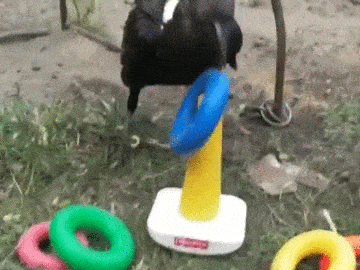
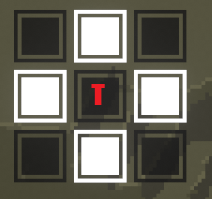
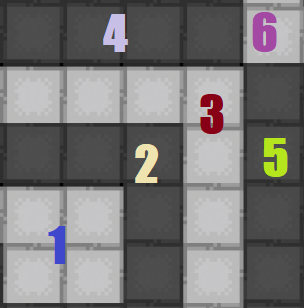
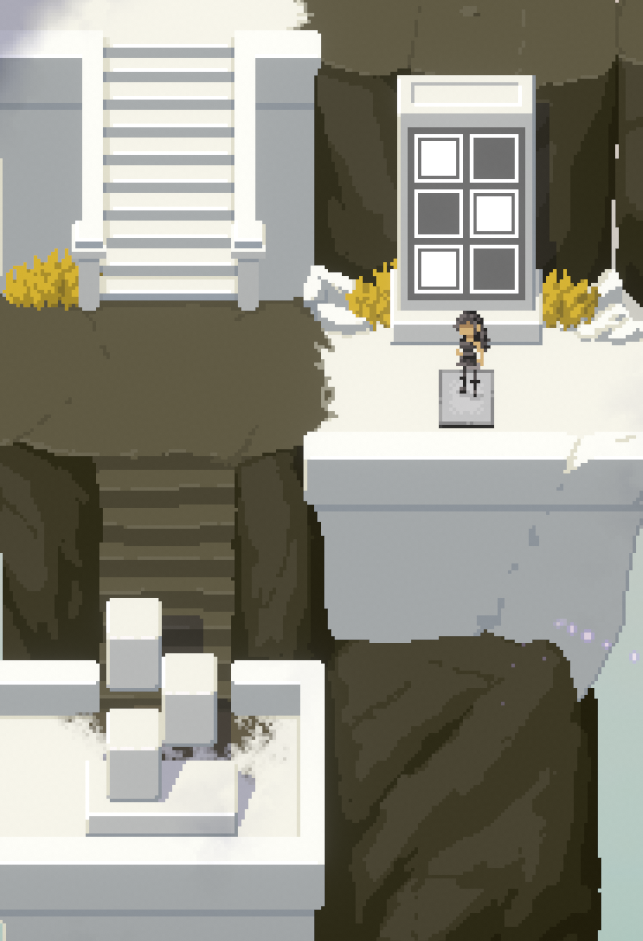
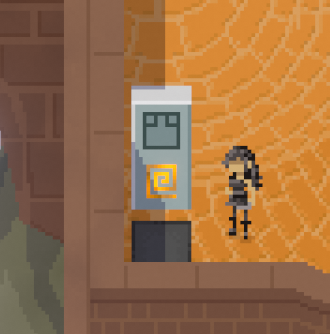
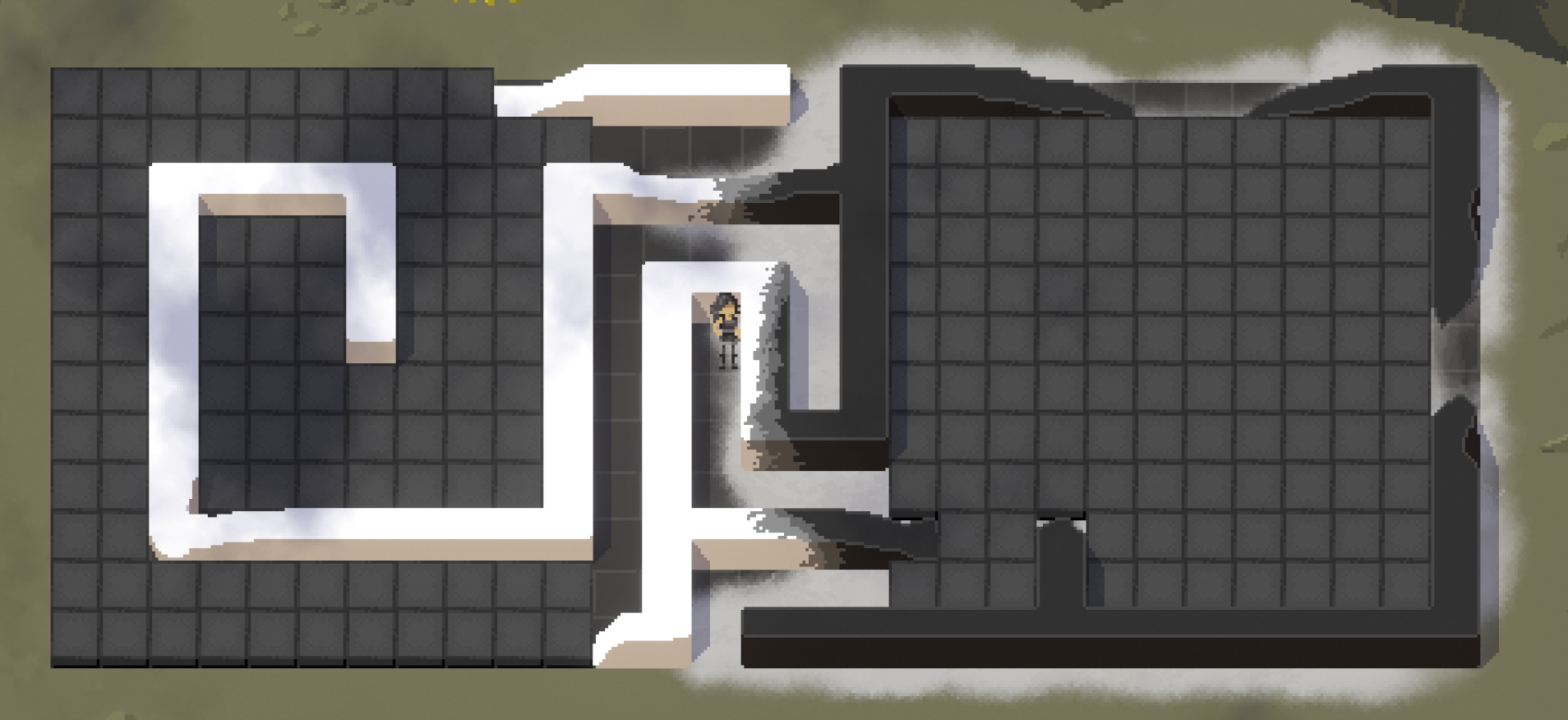
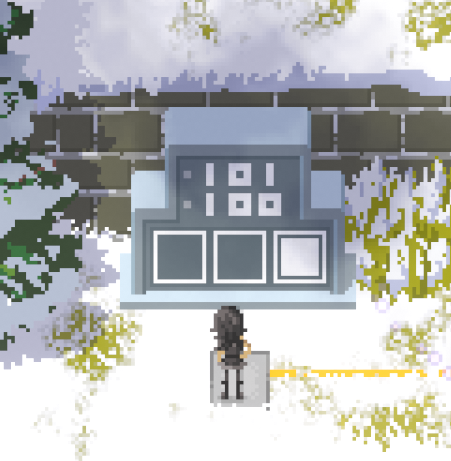
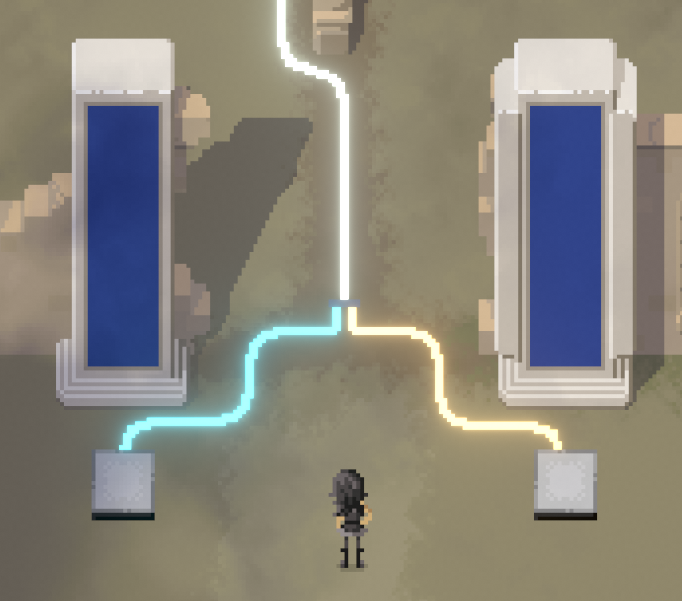
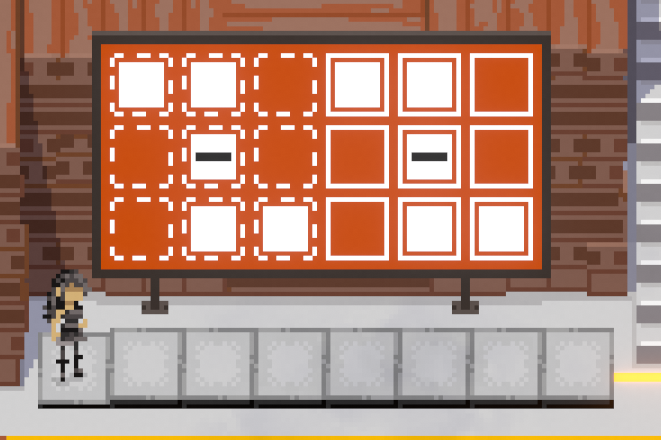
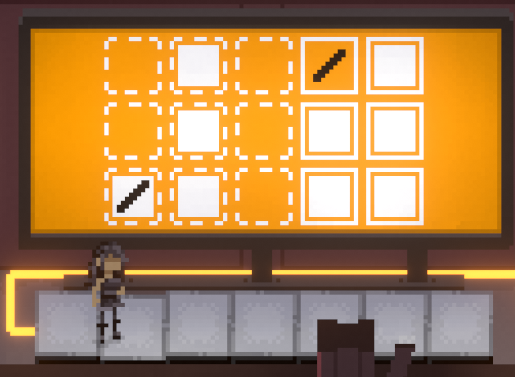
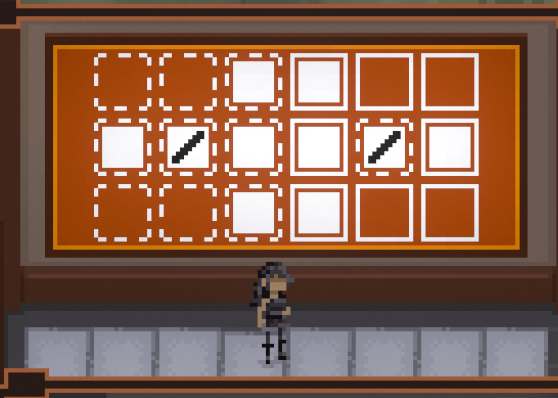
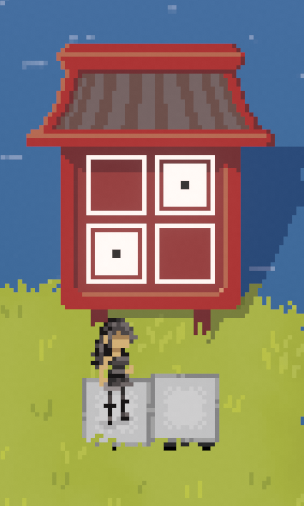
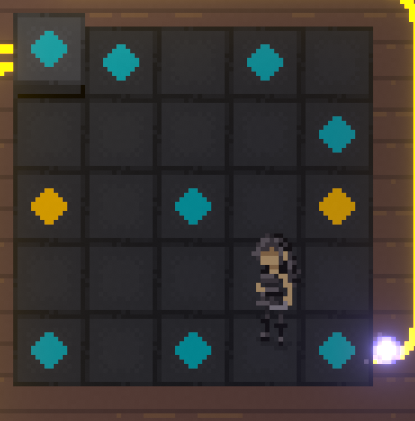
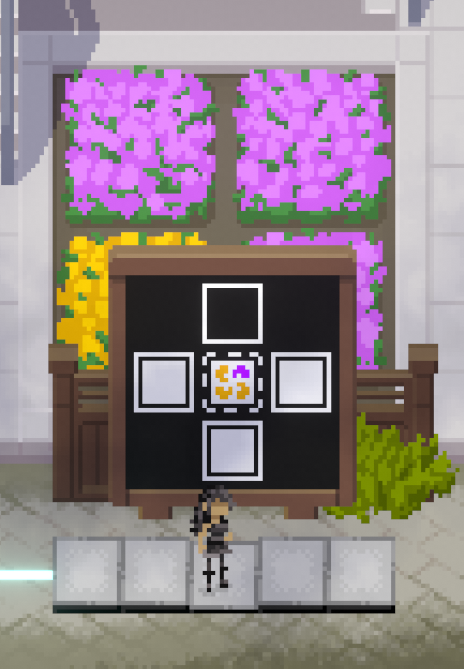
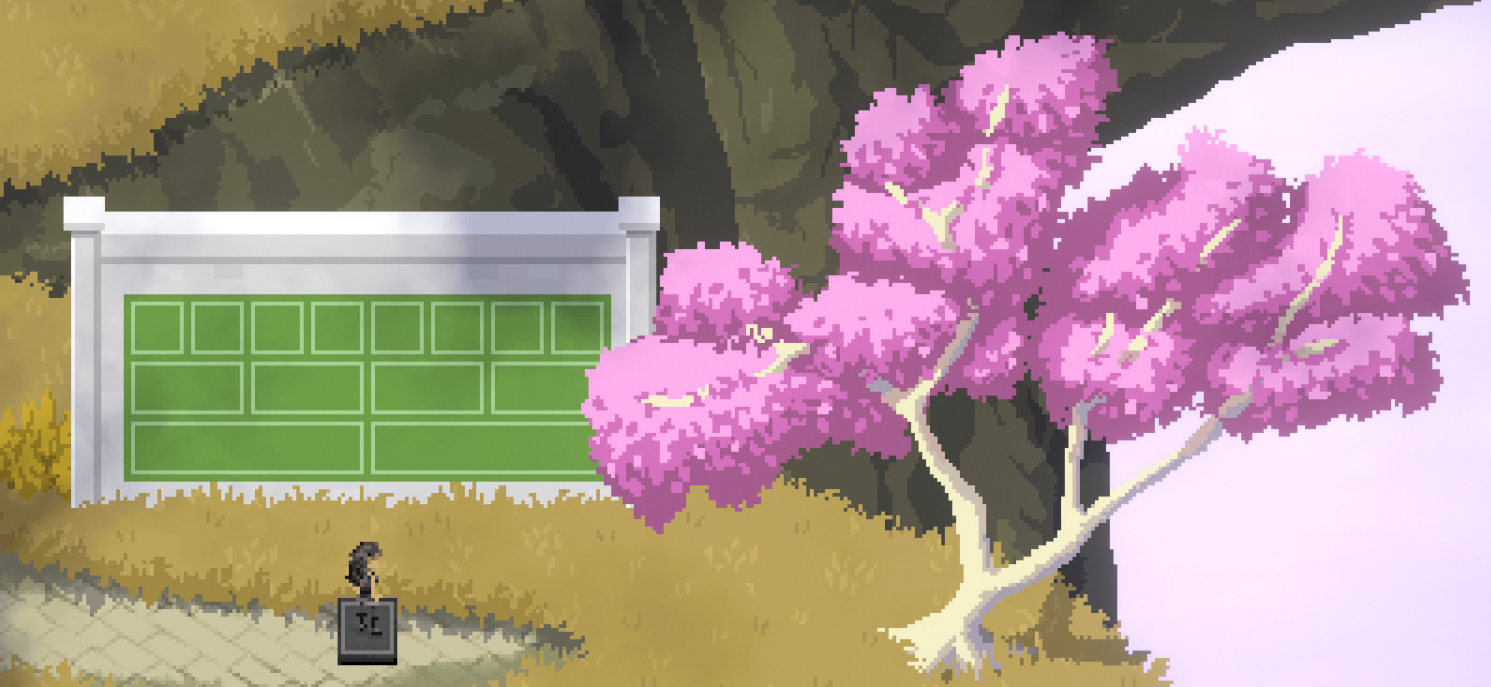
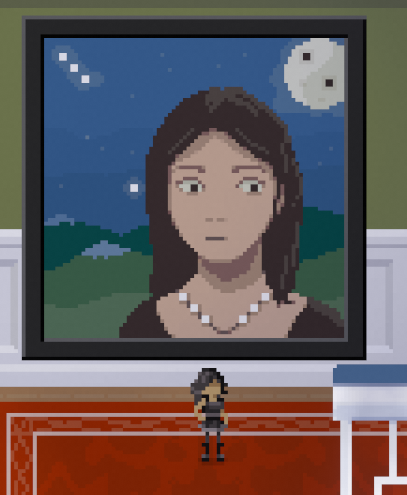
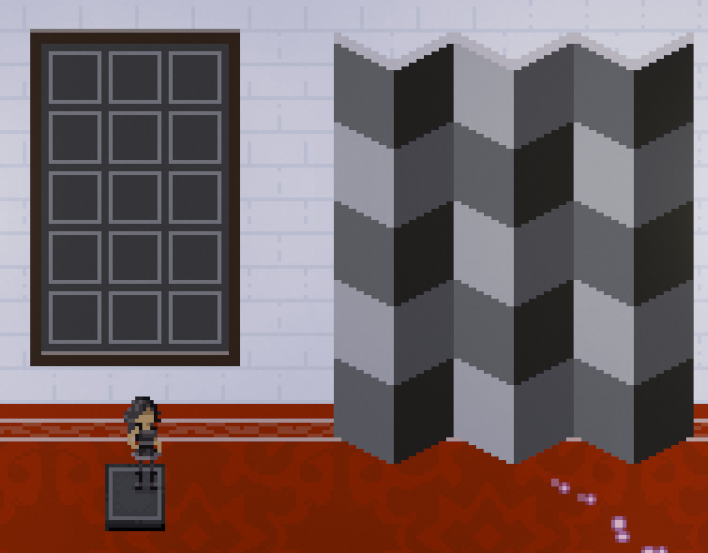
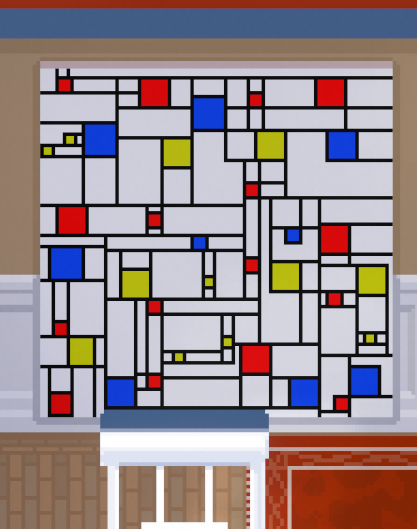
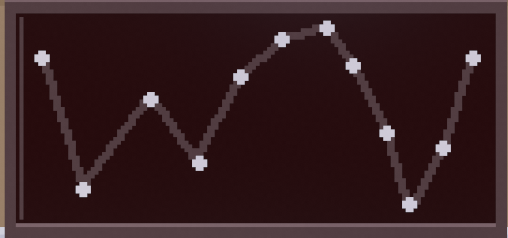
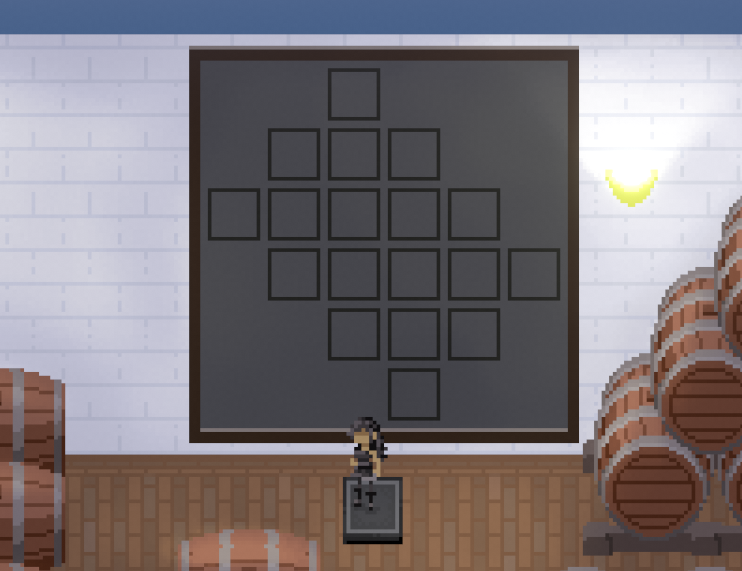
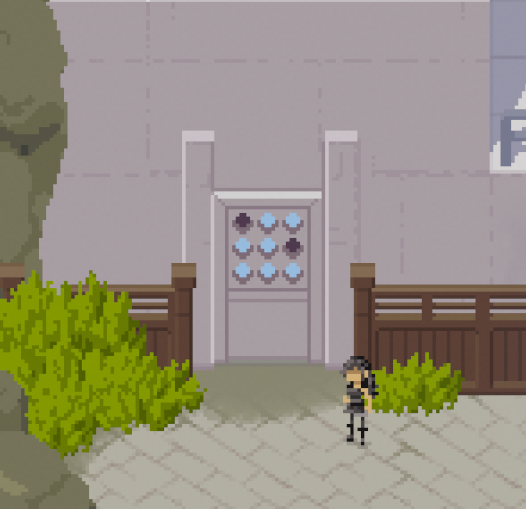
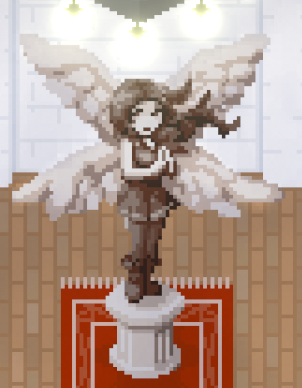
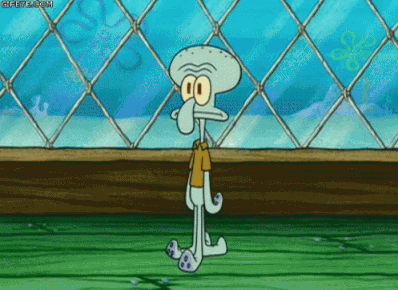
Leave a Reply